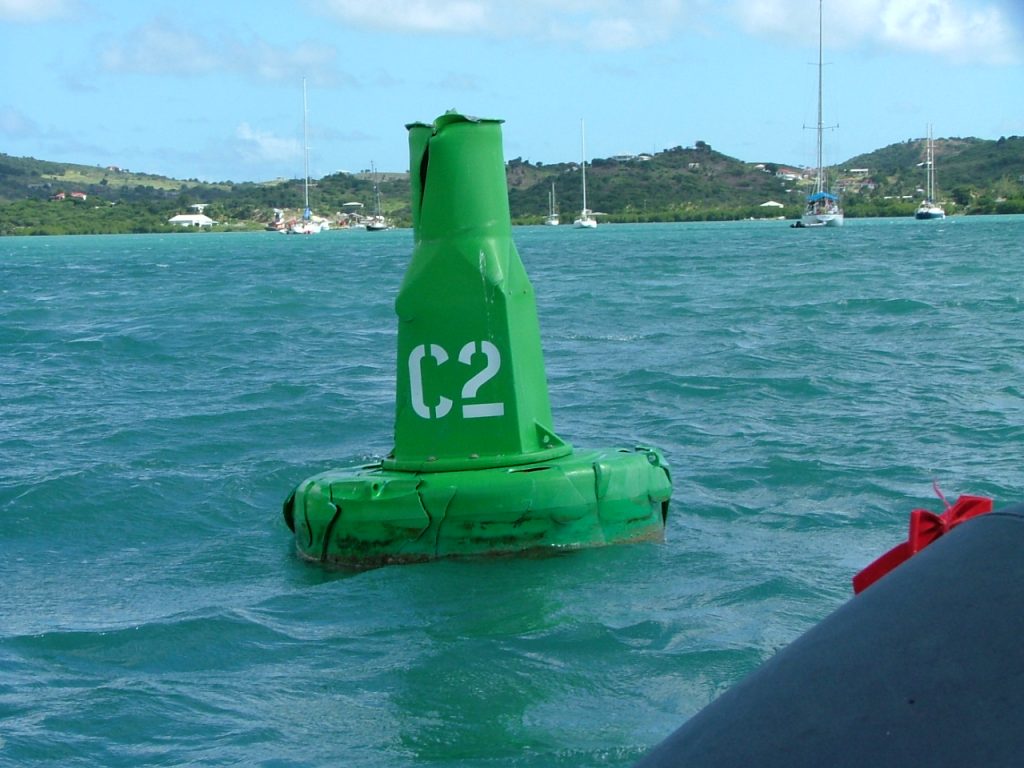The lifespan of a buoy can vary dramatically depending on its deployment location and its exposure to the elements. Buoys are commissioned to fulfil a wide range of specific purposes, whether it be for navigation or data collection – so it is important that they are maintained and upgraded before they reach the end of their lifespan.
Here are some tell-tale signs that a buoy is nearing the end of its lifespan and requires maintenance or upgrading:
Discolouration – when the colour of a buoy begins to fade it pays dividends to address the issue. The IALA Buoyage System sets out a standard sea mark colour/pattern system used in navigation worldwide, and this must be adhered to in the interest of safety.
Water ingress – if a buoy starts to take on water it will begin to sit at a lower level or tilt to one side. This is a sign that the condition of the buoy is deteriorating.
Sea life build up – if buoys have been sitting in the water for a long period of time, sea flora and fauna become attached to the underside of the buoys and the sides. This can obstruct observation of the buoy’s colouring or markings.
Cracks – in addition to allowing for water ingress, cracks can be a sign that the material has aged and weakened, or that a buoy has been hit by a vessel. Once the structure is breached the deterioration of the buoy will naturally speed up.
Rusting – for steel buoys rust is a common issue, particularly in saltwater. Rusting can impact colouring and compromise the structural integrity of the buoy. The rusting may also lead to ancillaries like data collection equipment becoming rusted in place, making it difficult to upgrade faulty components.
Our quality roto-moulded plastic buoys are robust and boast a range of benefits that prolong their lifespan. If you have buoys that need upgrading, get in touch with us today for a free consultation at info@corillamarine.com.


 Where are our buoys?
Where are our buoys?